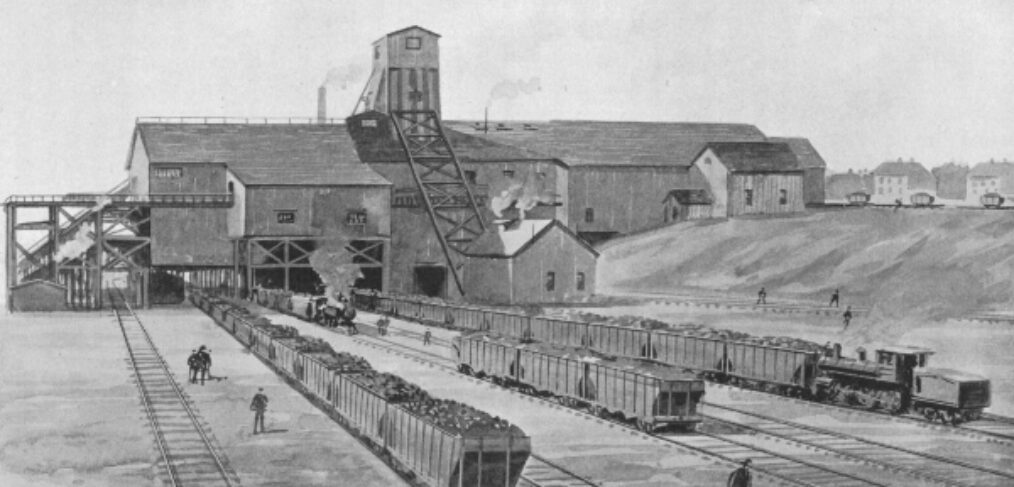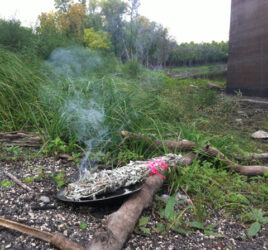
Extra Research for Season 5 – Episode 3 – Hug Jo
History of Glace Bay
The name of Glace Bay dates back to the French period or the sixteenth century. It is was named for the annual drift ice (glace) in the Gulf of St. Lawrence that happened every winter. Coal was mined first by the French (in the 1720s) for use at Fortress Louisbourg and after the British took control of the Fortress they kept mining for fuel for their fort, Fort William.
In 1857 the first commercial coal mine was located on the north side of present day Glace Bay Harbour. Over the years there have been many companies and many mines worked. The No. 26 Colliery operated until an explosion forced it to close in 1984. The last working mine was closed in 2001.
Note – The Italian inventor Marchese Guglielmo Marconi sent one of the first transatlantic wireless messages from a transmitting tower near Glace Bay in 1902.
The Explosion
In Glace Bay, Nova Scotia, around 4:10 am on the morning of February 24th, 1979 an explosion occurred in the No. 26 Colliery (a coal mine and everything associated with it), No. 12 southern section. The explosion originated nine km from the pithead (the top of a mining pit or coal shaft) and about 700 m under the Atlantic Ocean. The concussion of the explosion was first felt by a miner on the surface who notified his superiors.
Sixteen miners working the midnight shift, and ranging in age from 24 to 47, were working in the mine at the time of the explosion. When the rescuers reached the area of the blast they found ten dead and six with serious injuries. By 7:00 am, the injured were removed and immediately brought up to the surface. They were loaded into ambulances and headed to the community hospital. From there they were supposed to go to the Victoria General Hospital in Halifax but inclement weather grounded the helicopters. This forced the injured to take a five hour overland trip by ambulance to the hospital in Halifax. The rest of the miners were brought up by noon that day. The injured received burns on 40-90% of their bodies and two of the men succumbed to their injuries in March due to carbon monoxide poisoning. Between them, the dead men were survived by 12 wives and 24 children.
There were many suggested causes as to what had killed the miners: force of the blast, gas poisoning, or even methane or coal dust being ignited. It was decided that the explosion most likely happened by the sparks caused by the steel picks hitting the stone and igniting a pocket of methane. There was no fire after the explosion because it came up against stone dust and no fuel.
Stone dust is placed in trays and located at certain spots in mine roadways to stop explosions and put out the flames that precede the blast. These trays are overturned by the pressure wave in front of an explosion. This produces a thick curtain or cloud of inert dust to cover the flame and stop further spread of the blast.
The Miners Lost
Fabian (Fabe) Young (father of Jo)
William (Billy) Cooke
Clifford (Cliff) Sharpe
Robert Anderson
Michael Roberts
Wayne Mills
Fabian (Fabe) Ward
Paul Purcell
Reginald (Reggie) MacNeil
Frederick (Fred) Matheson
John (Jackie) MacNeil, died in hospital.
Albert (Allie) Hall, died in hospital.
The miners that survived are George Stubbert, Kenny Brinston, Kevin King, and Wayne McInnis.
— Joanne Schiavoni
Photo credit: Cape Breton Mine at the Beginning of the Twentieth Century



